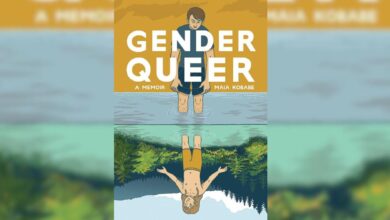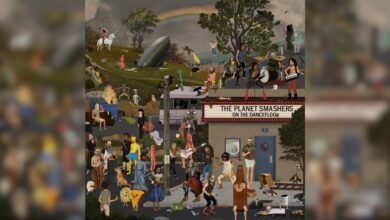The Hobby Hole: Digital art
Your journey as a digital artist doesn't have to be expensive or confusing!
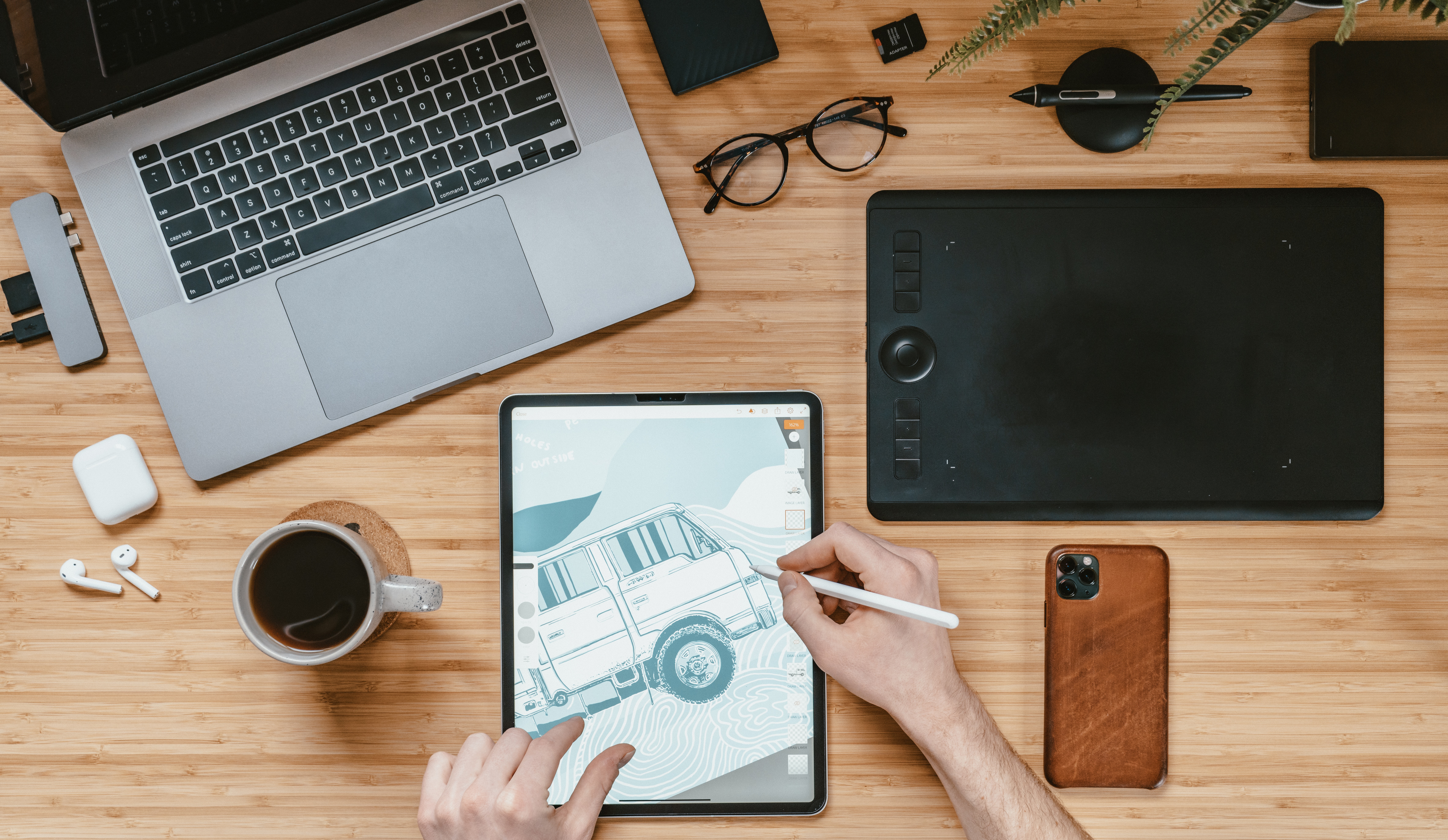 Supplied
SuppliedMost of us, if not all, probably found a hobby we never knew we could be so passionate about during the pandemic. For me, that turned out to be digital art.
When I learned about digital art four years ago, I was overjoyed. I mean, I don’t know about you, but for the life of me, I can’t figure out how to make crayons and paint work in a way that will result in something beautiful. After all, it’s so easy to just throw some colours on a sketch by using the fill tool from Paint Program and get an instant result, right? Well, no. Turns out, it’s not that simple.
Digital art requires just as much, if not more, patience and care as traditional art does. It is almost like a whole other language that takes time to be learned and understood. However, like a new language, it can be mastered. I am no master at digital art, but I will guide you through the basic steps to becoming a digital artist. Who knows, maybe you will find as much joy in it as I do!
Finding a device and stylus
A touchscreen device is essential to digital art, unless you can somehow figure out how to use a mouse (which I’d greatly respect you for). This can be a tablet, Chromebook, Surface Pro, or anything that you find comfortable using! I use an HP 2-in-1 touchscreen laptop and it does the trick. Unless you are really serious about digital art or you want to pursue a career in digital design, I wouldn’t recommend investing in something very expensive.
Whether you want to invest in a stylus is completely optional; I managed to work with my finger before buying this beauty about a year and a half back. Again, don’t invest in an expensive pen either! You can easily find one at a decent price on Amazon that would work just as well as an expensive one. Or, you can use your finger. Just take my advice and don’t buy the ones with rubber tips. Even though they tend to be cheaper in price, their quality reflects that and from my experience, the tips tear after only a few months of usage.
Getting drawing software
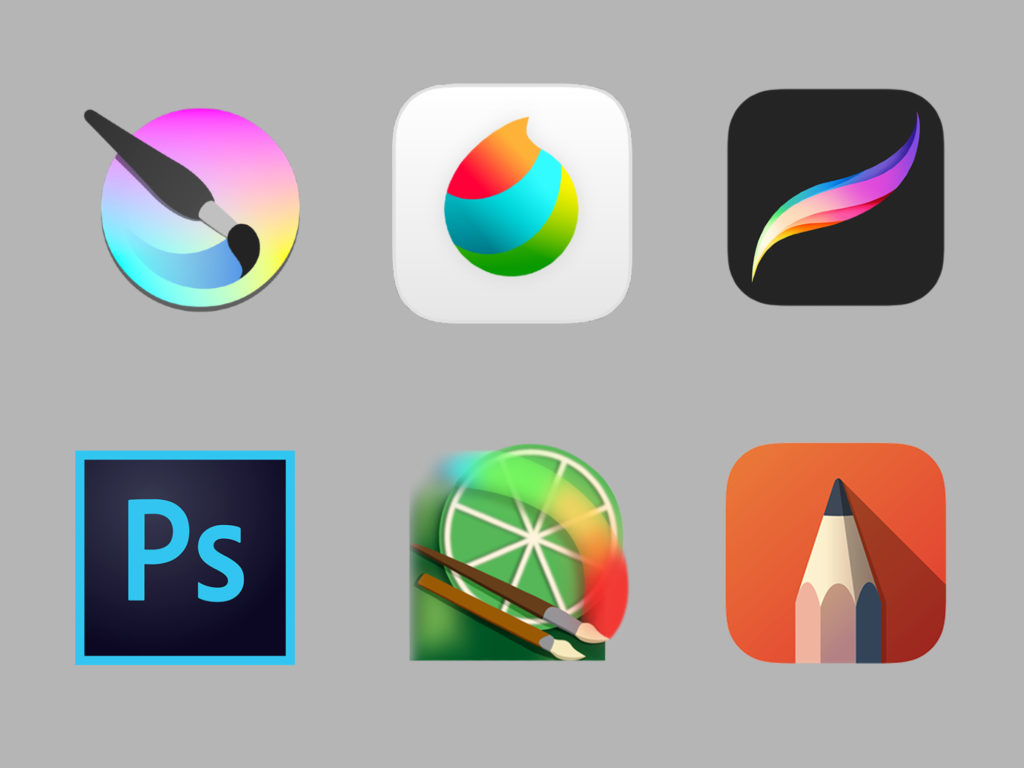
By drawing software, I don’t mean Paint Program or Paint 3D. I mean a professional program that will let you dive into the world of brushes and layers! Some of the best drawing software includes Photoshop, Paint Tool SAI, Clip Studio Paint, and Procreate. However, most of them are expensive, and if you are just doing digital art as a hobby, you might not want to spend your money on a costly program. But, you guessed it, there are free options!
I’ve used Medibang Paint Pro ever since I discovered digital art and currently I’m working on transferring to Krita. They are just as good as the paid programs and are fairly easy to use once you get the hang of it! Medibang’s layout is more simple and I was able to figure out how to use it without looking up any tutorials or the guide. Krita is a bit more complicated in its layout and I had to watch a tutorial to figure out how to navigate it. However, it has way more brushes and tools compared to Medibang, so once you figure out how to navigate it, it’s totally worth the confusion!
Something else that is important is figuring out a setup that works best for you. My general setup is to have anything colour and tool related on the left side of the program, while the canvas overview, layers, and brushes are on the right. Experiment around and see what you prefer!
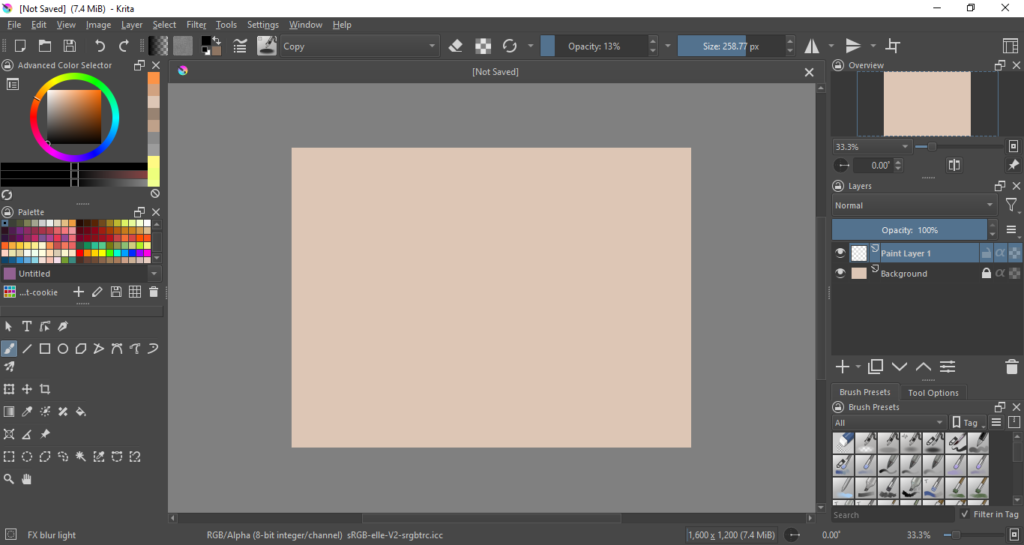
Learning how to do art
And of course, the most important step, learning how to actually sketch and produce art. Experiment around with brushes to figure out which you prefer to sketch with, use for line art, to colour, shade, and so on! Learning the power of layers, opacity, and tools is an absolute must! Take a look at this playlist for beginner steps to understanding all of these if you still find yourself sinking into the spiral of confusion.
Just remember that the techniques, styles, and brushes used by other artists may not work for you! For example, an airbrush may be the perfect sketching tool for one individual while the simple standard brush might be perfect for another. Work within your comfort zone. If you find yourself struggling to follow a tutorial with the brushes one artist uses, try to find the brushes that work best with you or try something totally different from the tutorial!
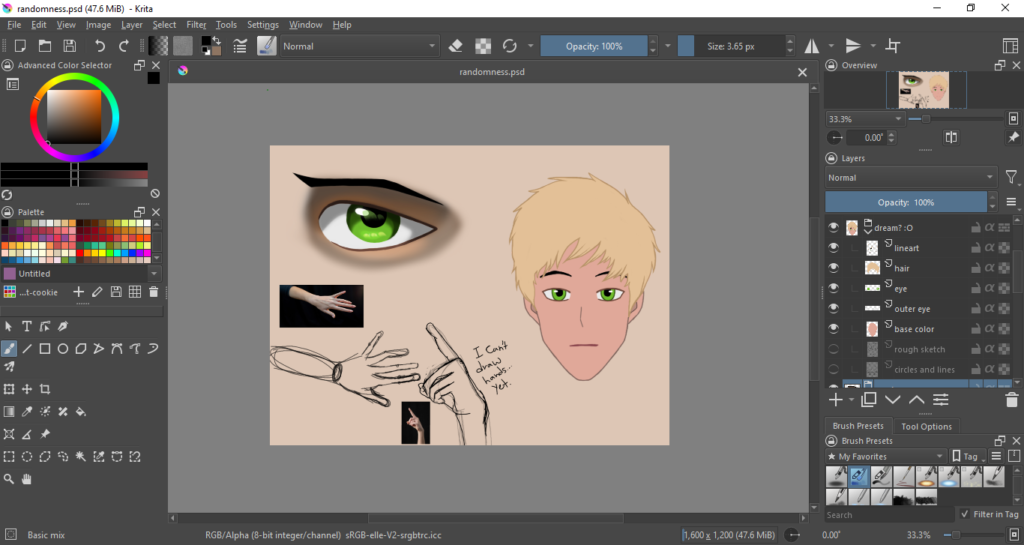
Have fun!
It may look overwhelming now, but the whole point of this is to have fun! No one is going to judge you for doing random doodles, drawing the most random of things, or taking pictures of your traditional art and tracing over it in the program, which I do! I can’t even do a proper background yet without making it look like the drawing of a six-year-old!
Digital art is a journey that requires a lot of practice and patience, but with time, you will master it!

